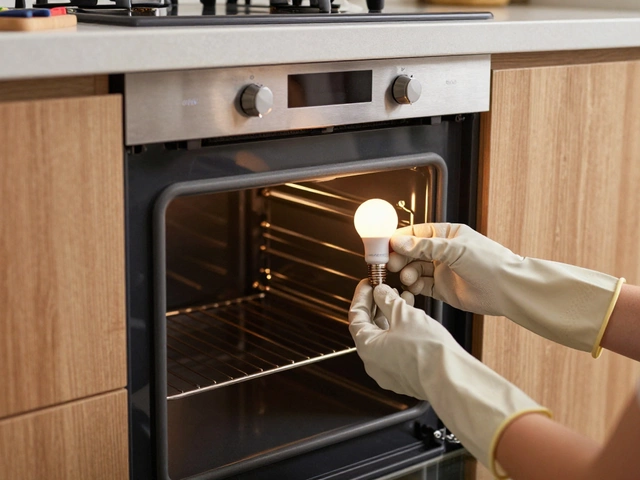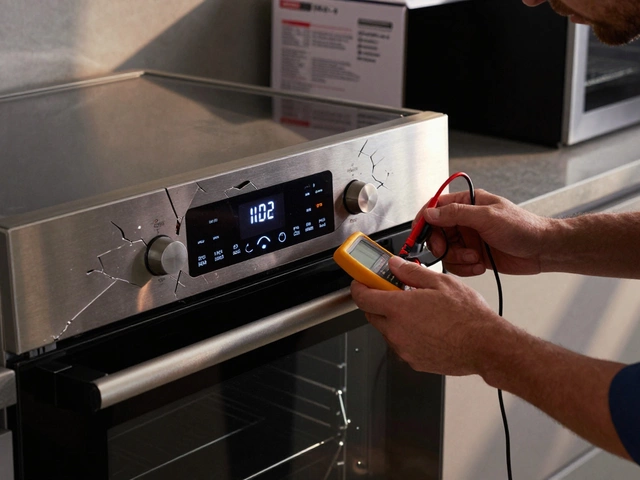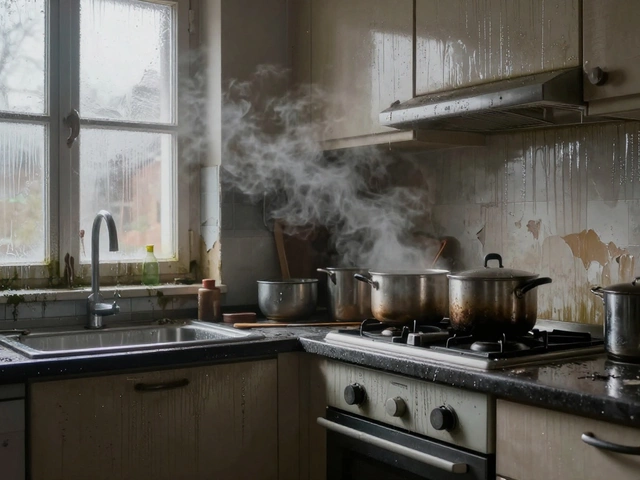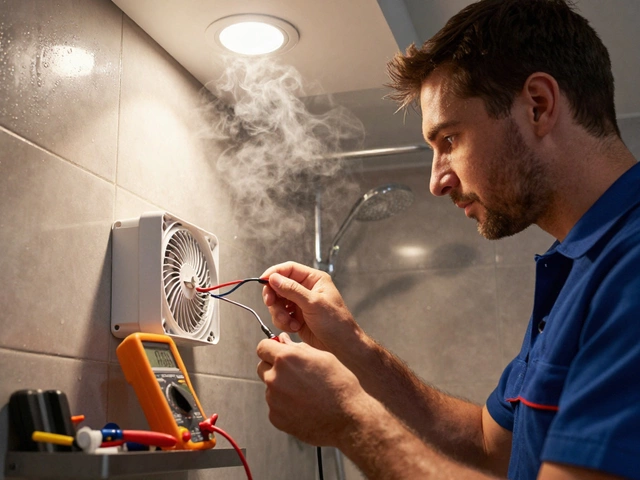Safety Switch Basics: Why It Matters and How to Keep It Working
Ever wondered why your oven or washing machine suddenly stops heating? Most of the time a safety switch has tripped. It’s a tiny part that cuts power when something gets too hot or a fault is detected. When it works, it protects you from electric shocks and prevents fires. When it fails, you get a frustrating appliance that won’t run.
What Is a Safety Switch?
A safety switch, sometimes called a thermal cut‑out or over‑heat protector, sits inside many electric appliances. It monitors temperature and current flow. If the temperature climbs above a set limit or a short circuit occurs, the switch opens the circuit and the appliance powers off. Most modern ovens, dryers, dishwashers and even some refrigerators have at least one safety switch.
The switch is designed to reset itself after it cools down, but many models need manual resetting or replacement. Knowing where it is and how it works saves you a call to a technician for simple problems.
Testing and Replacing a Faulty Safety Switch
Before you pull out the screwdriver, make sure the appliance is unplugged. Safety first.
- Locate the switch: Check the user manual or look for a small, dark‑colored component near heating elements or the motor. It often has a metal tab or a plastic cover.
- Inspect visually: Look for melted plastic, burn marks or a broken tab. Any sign of damage means the switch is likely dead.
- Test with a multimeter: Set the meter to continuity. Touch the probes to the switch terminals. If the meter beeps, the switch is still good; no beep means it’s open and needs swapping.
- Reset if possible: Some switches have a manual reset button. Press it firmly and listen for a click. Plug the appliance back in and see if it runs.
- Replace the part: If the switch is bad, order the exact model number from the manufacturer or a trusted supplier. Install the new switch exactly as the old one was wired, tighten any screws, and re‑assemble the housing.
If you’re not comfortable handling electrical components, call a local expert. At Hinckley Home Appliance Repair Services we’ve replaced dozens of safety switches on ovens, dryers and dishwashers in the Hinckley area. A quick service call can get your appliance back in action safely and fast.
Remember, a tripped safety switch is a warning, not a defect. Regular cleaning of filters and vents helps keep temperatures down, reducing the chances of the switch engaging. Also, never overload circuits – plug high‑power appliances into dedicated outlets.
By understanding what the safety switch does and how to check it, you’ll avoid unnecessary repair bills and keep your home safer. Got a stubborn appliance that won’t start? Check the safety switch first, and if it’s still a mystery, give the Hinckley team a ring.
8 May 2025
·
0 Comments
Ever wondered why your hot water heater suddenly stops working and that little red reset button pops out? This article uncovers what actually trips your heater’s safety switch and explains how to spot the real problems before they turn into bigger headaches. From faulty thermostats to power surges, you'll get straight answers and tips. No techy jargon, just real-world advice anyone can follow. Get back to hot showers fast and safely.
Read more






